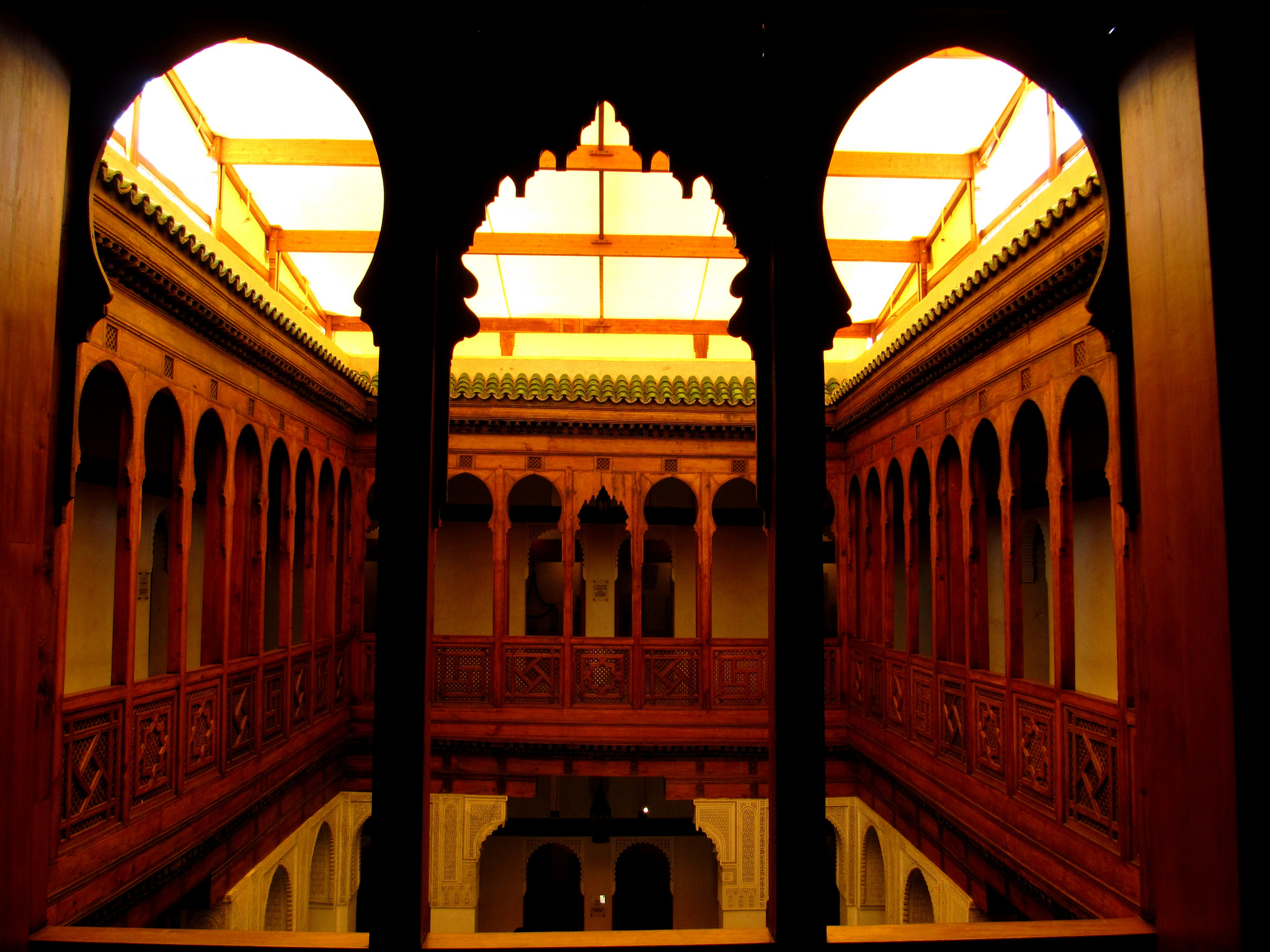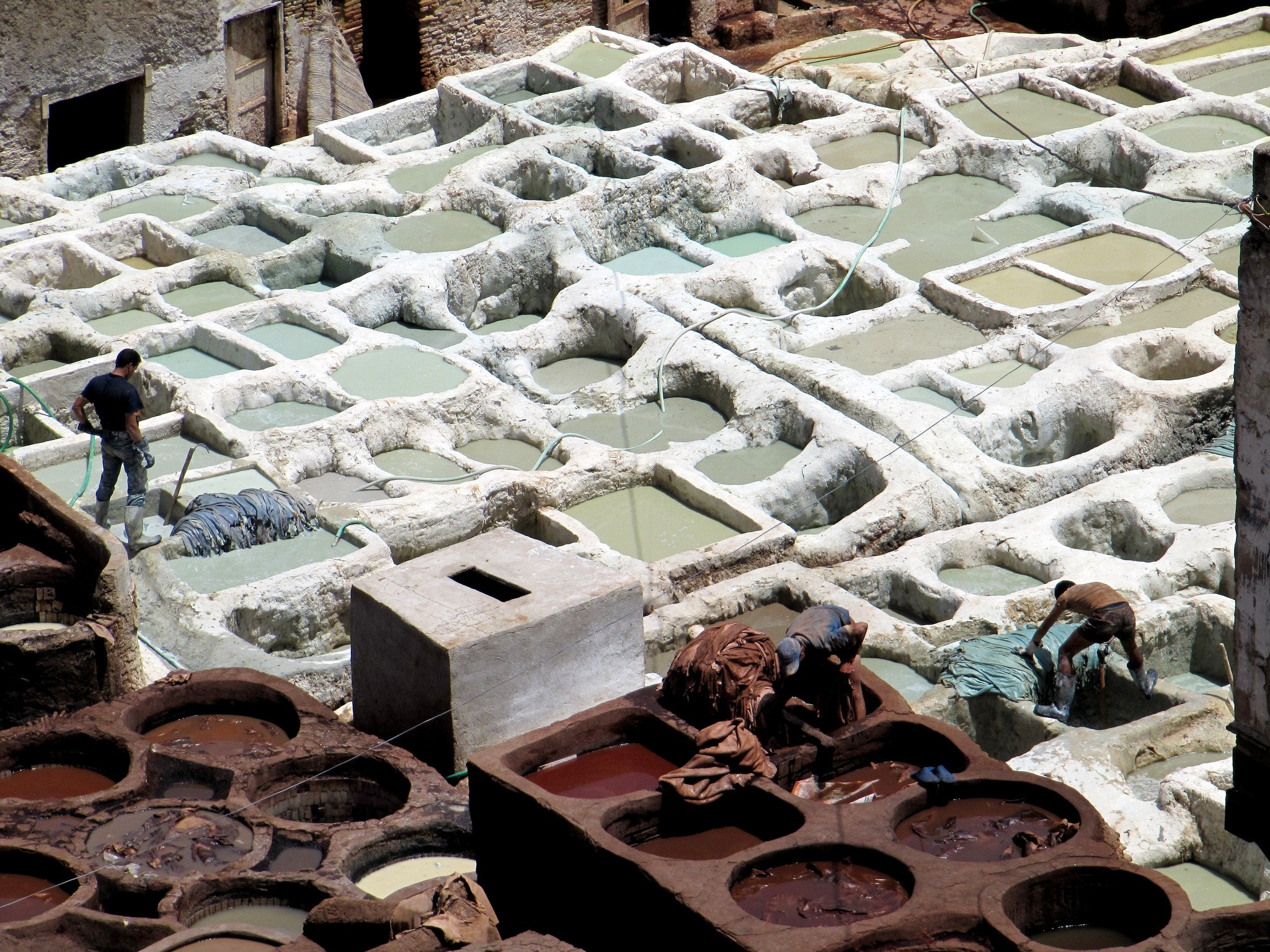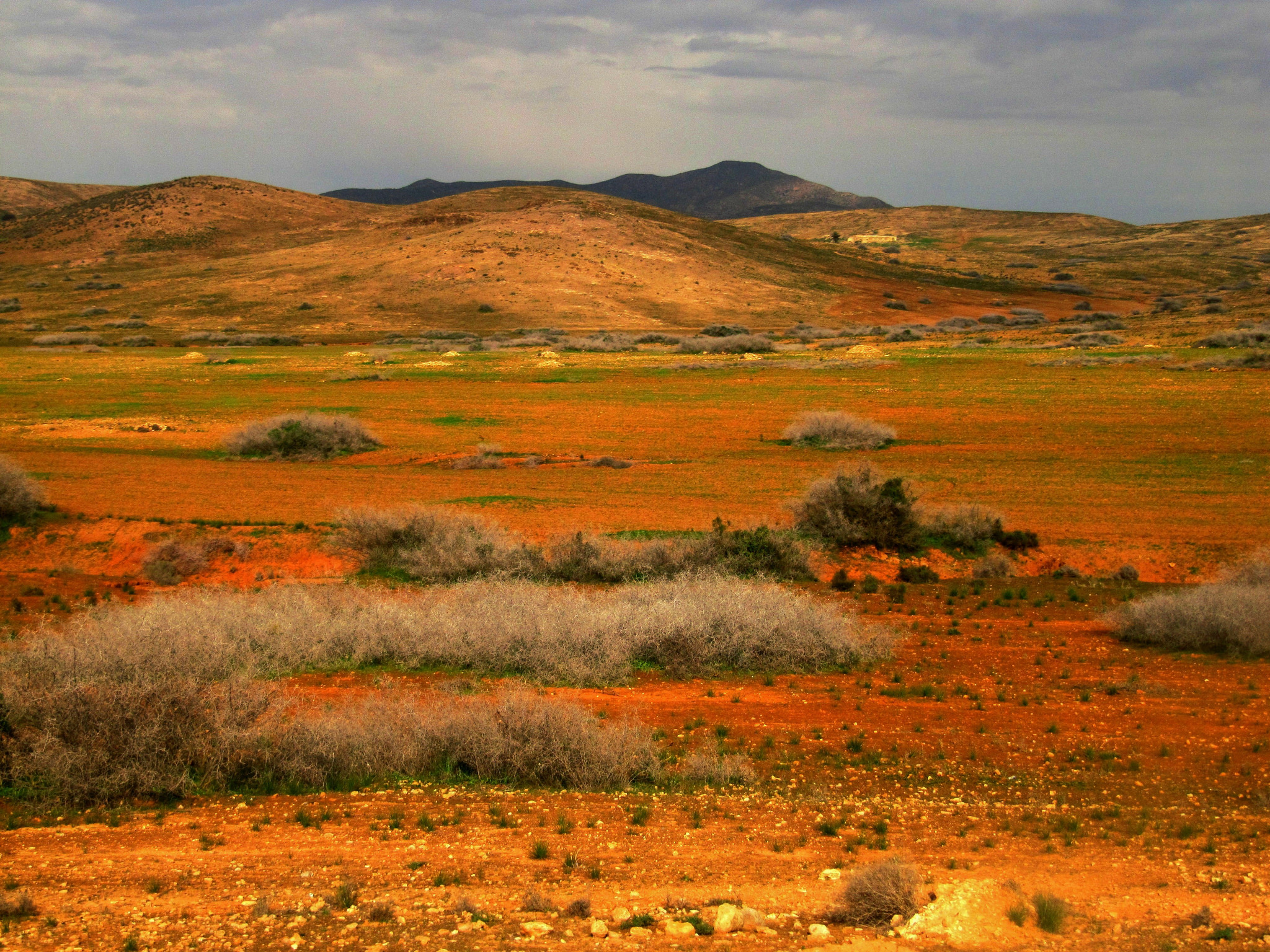Venda is a land in Northern Limpopo province, on the border with Zimbabwe. I was on my way to Venda to meet with an artist.
I had been shooting Posh Corps for over a month, traveling from site to site, staying a few days at a time. I had been to Venda already. While I was there I met an artist who carved traditional drums, and canes. In some Peace Corps countries, traditional cultural activities are probably very easy to find, but in South Africa, tradition can be a scarce commodity.
I wanted to tell the story of the volunteer experience in a rapidly developing country. It’s one thing to hear a person talk about how difficult it is to adjust to the conflict between modern and traditional, developed and un-developed, but the audience would have to see something tangible to get a sense of it. They would have to see the traditions that were being lost. I knew I had to make a second trip to the very edge of South Africa, to meet with Eric Lambani.
I carefully drove the rental car up the mountain road to the village of Ha-Lambani. The first time I had visited, I was directed by the volunteer who lived there. I found Sean to be exactly the sort of person that people imagine when they think of Peace Corps. He is tall, blonde, and friendly. Even at the end of the day when he was exhausted and dirty he still smiled, and asked how he could help. I visited him for just shy of a week. We spent long days walking up and down muddy roads in pouring rain, trying to capture a fitting image of his Peace Corps experience.
I picked Sean up at his school. We parked the car under the Baobab tree in Sean’s back yard, and made our way to Eric Lambani’s house.
Eric lived in a traditional rondavel at the top of a mountain. We found him sitting under a tree, chipping away at drum, piece by piece. I greeted him in Zulu, Sean greeted him in Venda. Eric spoke both languages. He had agreed to let me record him on my last visit, so I took out the camera, as Eric described to Sean the process of making a drum.
He took us to one of the trees growing nearby. He chopped a bit of bark of the tree in two separate places, and showed us the two different qualities of wood inside the tree. The first layer of wood, what Eric called ‘the meat of the tree,’ was soft and bright. The wood in the middle of the tree, what Eric called 'the heart,’ was hard and dark. Only the inner wood from the heart of the tree could be used to carve a drum. Sean asked Eric how he knew if the wood in the heart would be large enough for the drum. Eric said that he looked at the tree, and he could see the heart inside.
He led us back to the area where he did his work, and told us that in addition to making drums and canes, he also made small symbolic 'bones’ used in spiritual readings. He told us, that in addition to being an artist, he was also a sangoma, a traditional spirit healer.
…
When people ask me why I joined Peace Corps, I usually tell them that I wanted an adventure. It is a simple answer which sums up my motivation without too much conversation, but it’s not entirely true.
I joined Peace Corps, because I was looking for an alternative to the modern world. I read a lot of C.G. Jung, and Joseph Campbell. For many years preceding my Peace Corps service, I felt that modern society was particularly unhealthy. I had hoped that going to Africa, the motherland, so to speak, would in some way provide me with an answer. How could I live in the modern world, and not lose my way?
For two years, I searched my village for the answer. I searched everywhere, in places most people would not recommend searching, and while I had become physically and mentally stronger, my spiritual quest had been in vain. The one person I hadn’t bothered with, was the sangoma, the spiritual guide in traditional South African ancestor worship. I disregarded sangomas completely. I thought they were charlatans, peddling phony cures to those who couldn’t afford western medicine.
…
Eric Lambani sat down with Sean on a reed matt under the tree where he worked. He put away his woodworking tools, and took out the 'sangoma bones’ the domino-sized wood pieces that he used for spiritual readings. He instructed Sean to enclose the bones in his cupped hands, and blow into them, and then drop them on the reed matt.
The reading lasted a long time. Eric moved his fingers over the bones in ceremonial gestures. He spoke for about twenty minutes, mainly reciting the story of the Old Testament. He told us about Moses leading the Hebrews out of Egypt.
Sean’s head was beginning to bob. He was having a hard time staying awake, but eventually Eric finished telling us about Moses, and he started speaking about Sean. He told Sean that God was speaking to him, and telling him that he must be careful about gossip, because people would be jealous of him, and may try to ruin his reputation.
This is very good advice for any person in a Venda village, but particularly good advice for Sean, who was white, American, and obviously more wealthy and upwardly mobile than most of the village. Eric was probably telling Sean the sort of thing that a lot of people in the village might say, if only they could. Venda culture is exceptionally polite. Most people would err on the side of saying nothing, rather than risk being rude. But the sangoma, who people come to in confidence, can tell them the things that other people are afraid to say.
Eric moved his fingers and spoke to invisible ancestors, and directed Sean’s attention to the bones on the reed matt. He told him possibly upsetting information about his reputation in the village, but advised him that it was God or the ancestors who were relaying the information, so there was no need for Sean to feel as though Eric himself was offering such an opinion. It occurred to me at that moment, that the combination of artist and sangoma was not so incongruous.
Being an artist is about seeing something that other people don’t see. If you can see a drum hidden inside a tree, you can probably also see the complex human being hidden behind a mask, and part of living in Venda is wearing a mask. You must be polite, you must not speak your mind, you must be strong and unemotional, you must be respectful. You must be the very image of a Venda man, or a Venda woman.
I had always considered myself an artist. Ever since I was a child I made beautiful images. I worked day and night on the skills. I created beautiful images, that mainly impressed myself. I thought, that if the images were good enough, people would have to pay attention.
I realized as I watched Eric work, that being an artist is not about creating beautiful images, or elegant prose, or masterful music. These things were just a part of the skill-set, not the function. The function of an artist is to reach the complex human being behind the mask. To reach the spirit, and remind people of essential truths that they might like to forget. The function is to tell them something that they do not want to hear.
I sincerely wished at that moment that I had been born in Venda. If had had been born in Venda, someone would have taken me up to the top of the mountain, and taught me to be a sangoma. I would spend my days chopping down trees, and carving wooden drums. Occasionally, someone would wander up the mountain, with an obvious spiritual crisis. I would misdirect them with gestures and stories, and then tell them a little bit of information, and gently nudge them toward solving their own spiritual crisis. I would have a place in society doing the work that I loved.
Of Course, I was not born in Venda, and as comforting as it might be to live in a village like Ha-Lambani, I knew that treating the spiritual crisis of the people of Venda, was better suited to Eric than me. I also knew that the Venda people were not the only people in the world who were troubled by the masks they wear.
What do you do? It’s the first question anyone asks in the United States. It’s important, because in the United States, you are your job. Every Returned Peace Corps Volunteer confronts this when they return home. American culture has no place for those without a job, and every Returned Peace Corps Volunteer is given a great deal of advice. Don’t be a generalist, you have to specialize. Dress for the job you want. Be the image of beauty you see in the media. If you want to get ahead in America you have to make yourself one-dimensional. You have to focus completely on a career. You have to become the mask.
The people of the United States endured a spiritual crisis every bit as deep as their Venda counterparts, they just didn’t realize it. They needed someone to see behind the mask, and help them realize that they are more than the job they do. They needed a sangoma.
We had asked Eric to perform a spiritual reading for Sean. I have no idea if Sean overcame a spiritual crisis that day, but Eric Lambani saw through my own mask, in the form of the camera I looked through, and diagnosed my own spiritual crisis. I met a true artist, and he convinced me to return to my home, and pursue the daunting task of being an artist in America.
-Alan Toth











